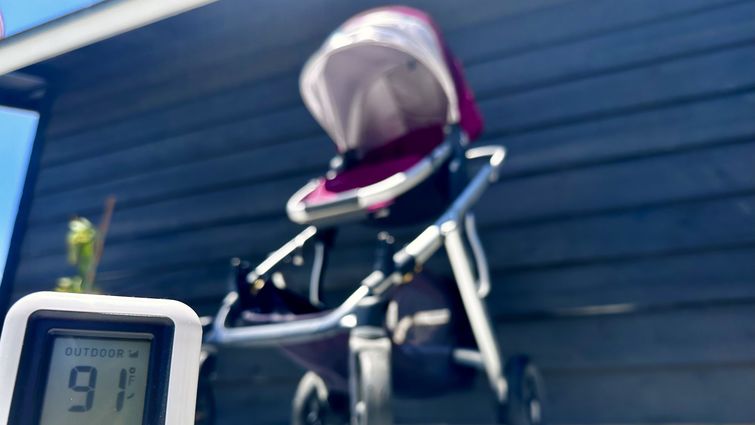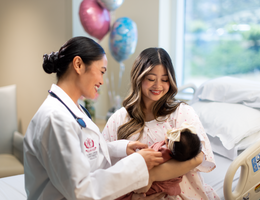

Summer is officially here, and parents are gearing up for outdoor adventures with their little ones. Tracy Gould, DO, a pediatrician at Loma Linda University Health says that while strollers are a convenient way to move infants and young children from place to place, it's important to be aware of the potential risks associated with overheating.
In an interview, Gould offered tips for stroller heat safety to ensure a comfortable and safe summer for both parents and children.
Q: What are some signs and symptoms that parents should be aware of to recognize if their child is experiencing heat-related distress or illness?
A: Some signs and symptoms parents should watch out for include confusion or unusual behavior in their child, dry lips and skin indicating dehydration, excessive sweating, and heat exhaustion. Other associated features may include nausea, vomiting, fatigue, weakness, and in severe cases, passing out.
Q: How can parents optimize stroller use to protect their child from overheating?
A: Strollers can provide shade with canopies, making them great for walks. However, it’s important to avoid parking strollers in direct sunlight to prevent overheating. Parents should avoid using stroller covers or covering the stroller with blankets, as this traps heat inside and increases the temperature for the child. Instead, it is best to keep air moving and use the attached shade cover or canopy. Stroller fans can also help keep the air circulating, but parents should be cautious about fan placement to avoid accidents.
Q: Are there certain times of the day when it is advisable to avoid using strollers?
A: If possible, avoid using strollers during the peak mid-day hours when temperatures are at their highest, especially in the summer. If strollers are necessary, parents should try to keep their children shaded as much as possible and take frequent breaks indoors to keep them cool.
Q: What factors should parents consider when selecting a stroller suitable for summer weather?
A: When selecting a stroller, parents should consider the color. Darker-colored seats, such as black, may become hot if left outside in the sun. It is important to check the seat's temperature before placing the child in it to prevent discomfort or burns. Opting for lighter-colored fabrics can help reduce heat absorption.
Q: Are there specific safety features or design elements that parents should look for in a stroller to ensure adequate ventilation and temperature regulation during hot weather?
A: Many stroller canopies have built-in sun protection that are stated as a "UPF" (ultraviolet protection factor) on the box or instruction manual. Parents should be cautious of stroller accessories that completely cover the child, as they can trap more heat underneath.
Q: Are there any additional precautions parents can take?
A: In addition to stroller selection and usage, parents should be mindful of temperatures and avoid prolonged outdoor activities on the hottest summer days if possible. Offering frequent water and liquids to children over 6 months of age, and providing breast milk or formula frequently to those under 6 months of age, can help keep them hydrated.
Q: What should parents do if they suspect their child is experiencing heat-related distress or illness while in a stroller?
A: If parents suspect their child is experiencing heat-related distress or illness while in a stroller, they should immediately get the child to a shaded or cooler area. If possible, moving indoors is ideal. They can offer ice packs and cool liquids to help bring down the child's body temperature while awaiting medical attention. Seeking appropriate medical attention is crucial in such situations.
A little preparation and caution can go a long way, and parents can keep their young ones cool, comfortable, and protected from the summer heat.
To learn more about heat safety, talk to a pediatrician.


